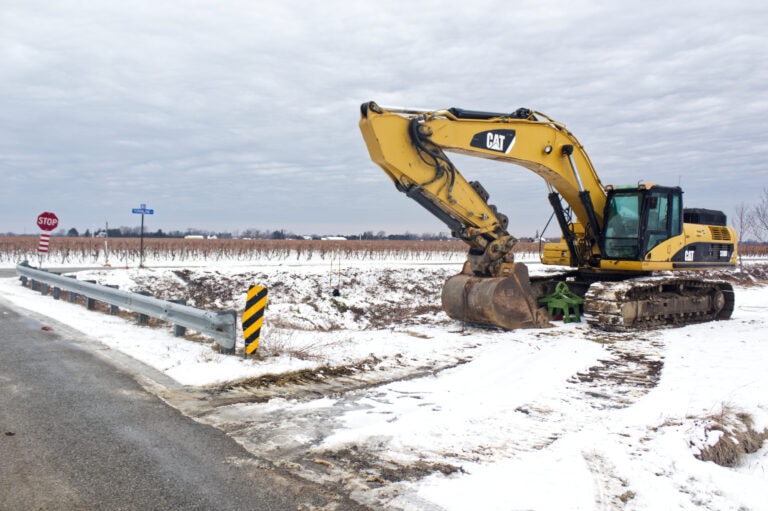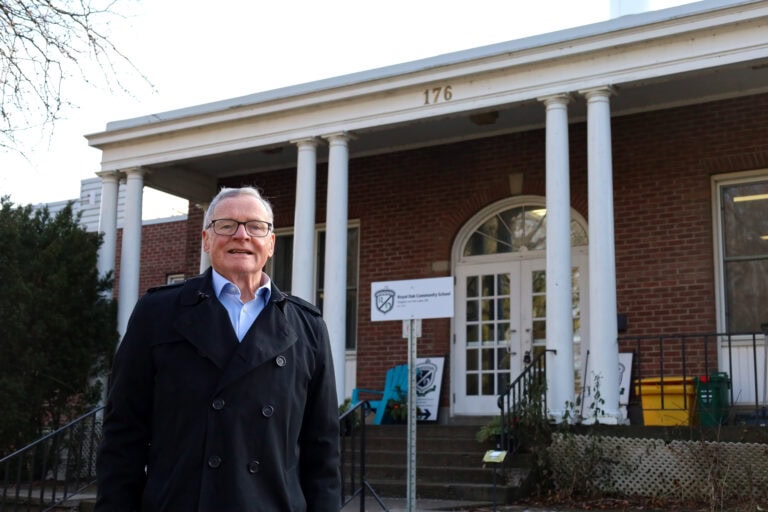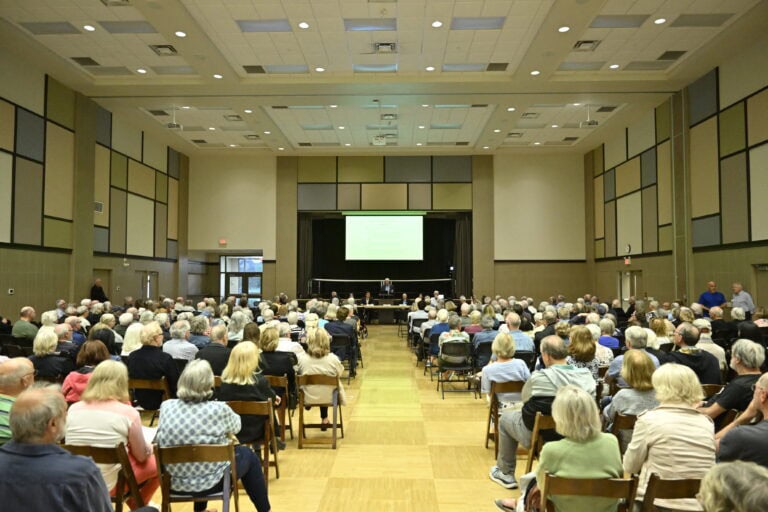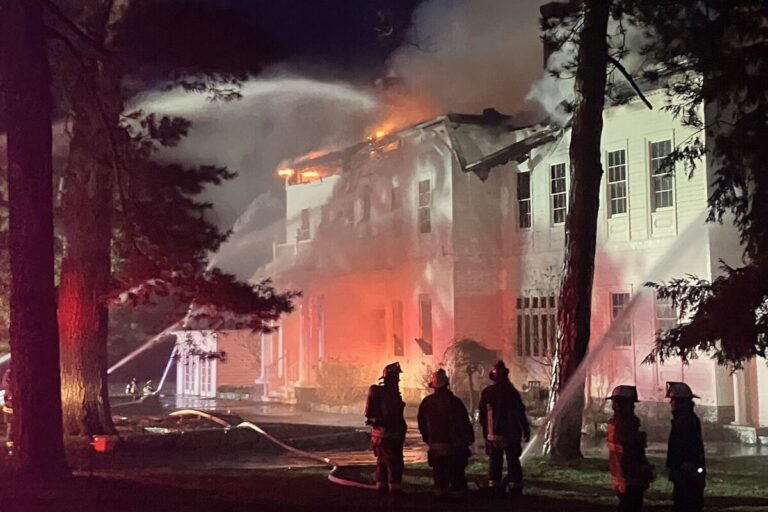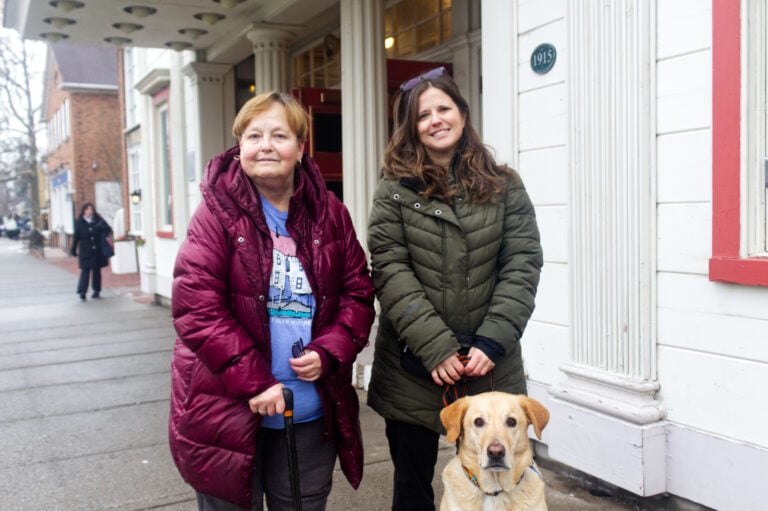Those who have hiked the Bruce Trail on the Niagara Escarpment between Queenston Heights and St. Davids can’t help but notice the Queenston Quarry.
The series of lakes located among blocks of white limestone is an arresting sight. The remains of disused kilns, an old radar tower and parts of an abandoned railway line are all reminders of the past.
On March 24, Frank Racciopo spoke about the quarry as a part of Niagara-on-the-Lake Museum’s virtual lecture series. Racciopo is part-owner of the Queenston Quarry Reclamation Company and has been involved in the project since its inception in 2006.
It was thanks to a 428 million-year-old sea bed that Queenston limestone developed. As millennia passed, the rock was covered with vegetation. The Neutral Indigenous peoples used this land. By the 18th century, they had been displaced by European settlers, including members of the Secord family, who farmed the area around the quarry.
Then, around 1819, the beauty and strength of the stone was recognized and quarrying began.
Queenston limestone is world famous and can be found not only in local buildings, but in places like Rideau Hall and the Parliament Buildings in Ottawa, at McMaster and Queen’s universities, Union Station in Toronto, and even Canada House on Trafalgar Square in London. The third Welland Canal was also built of Queenston stone.
Large-scale extraction of Queenston limestone lasted less than a century. The invention of Portland cement, a product that was much easier to use, became the chosen building material by 1909.
What most interested the 100 people who participated in the museum's session, however, is the future of the quarry.
In fact, limestone continues to be quarried. In the 21st century, it’s used for monuments such as the Landscape of Nations on Queenston Heights, and for the new cornerstone of the renovated Parliament Buildings in Ottawa. One listener wondered if he could get a piece of the stone for his new kitchen!
Racciopo said that the quarry site will remain a cultural landscape as reclamation continues. Already, an organic farm is producing a variety of vegetables. In season, look for the “Always June Organic Farm”.
The Quarry Reclamation Company is working with the Niagara Parks Commission to ensure that the kiln sites, radar tower and remnants of the old railway are accessible to the public. These landmarks were ceded to the Parks Commission when the company began its work.
The project will include housing. Twenty-seven acres of the 257-acre property will be used for townhouses and condo units. A golf course will be a part of the open space, along with the organic farm and walking trails.
Racciopo expects that the plans for this part of the project will be approved and unveiled before the end of 2021.
In a lengthy question-and-answer session following Racciopo’s presentation, audience members proposed that the Niagara-on-the-Lake Museum arrange walking tours of the area when COVID-19 restrictions are lifted. Racciopo agreed to the idea.
The presentation was recorded and is available on the NOTL Museum website, www.nhsm.ca.
The final lecture in this series is April 7 when Robert J. Lake will talk about “A front seat among the playgrounds of two nations: lawn tennis in Niagara-on-the-Lake c. 1880s-1920s.
* Linda Fritz is one of the contributors to our Niagara's History Unveiled feature and wrote a detailed story about the quarry in November 2019.





